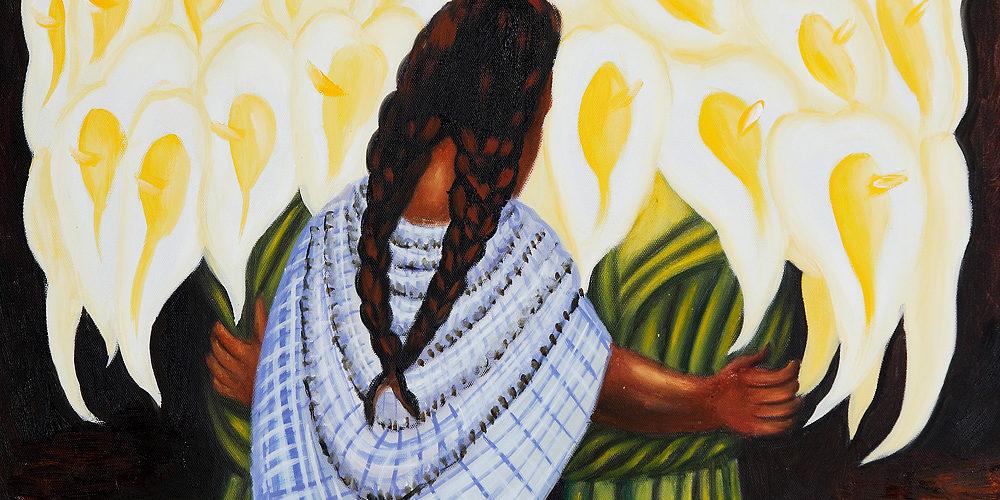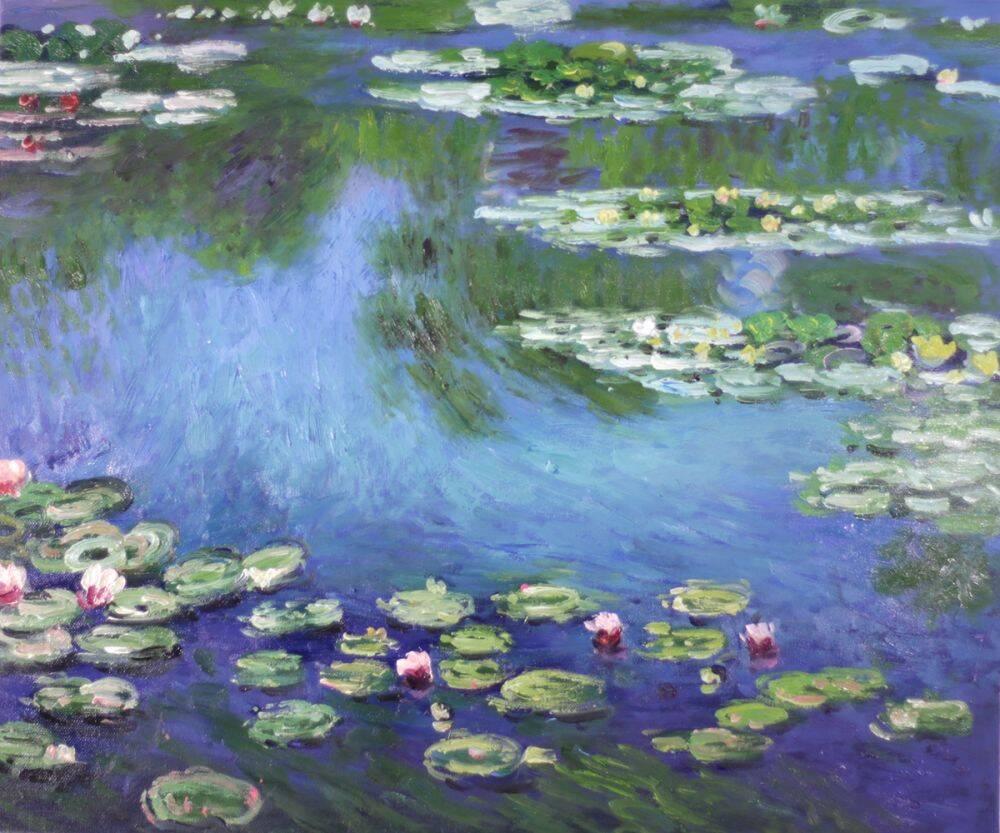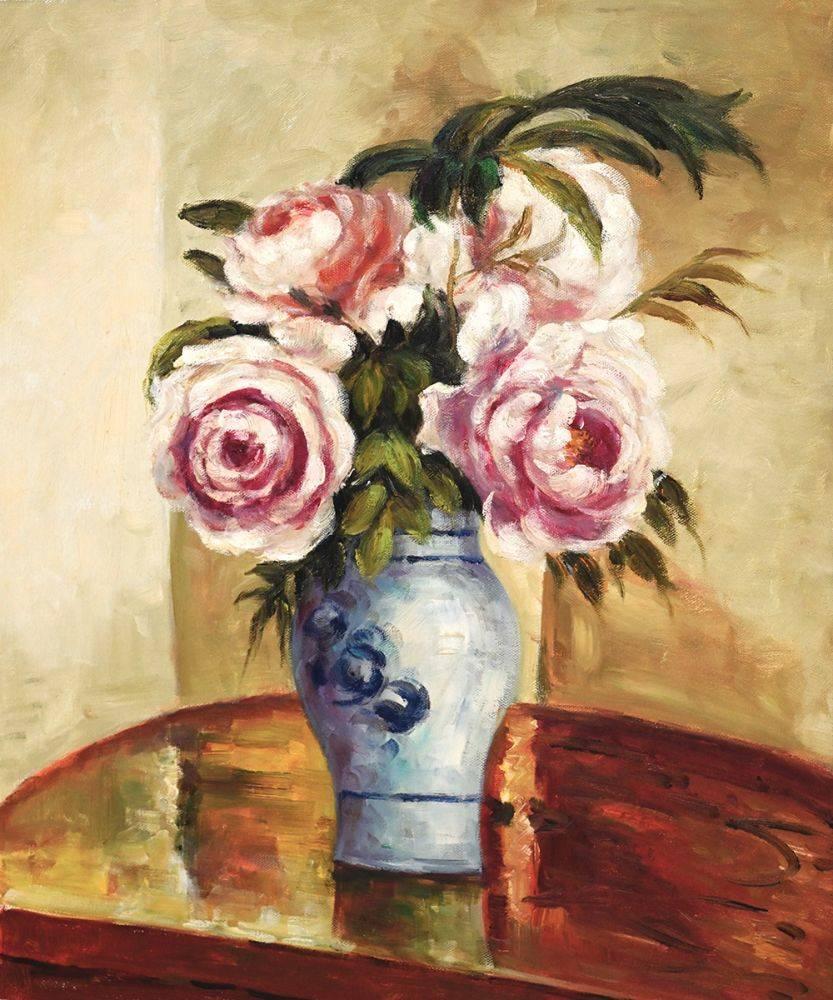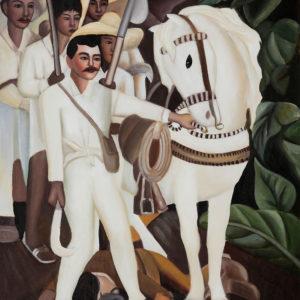Art
Paintings That Capture History in the Making
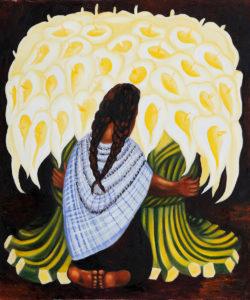 Diego Rivera murals are the embodiment of poetry on walls. The narrator no longer uses words to tell the history of his country, but the colors, the shadows, or in a word, his art.
Diego Rivera murals are the embodiment of poetry on walls. The narrator no longer uses words to tell the history of his country, but the colors, the shadows, or in a word, his art.
Although he learned from the great artists of the world, studying Italian Renaissance painters works, but also the Mexicans, testing cubism for a short period of time, in his youth, Rivera could detach all and create his own style. Thus, he was able to remark from the many artists of the ’30s.
Diego Rivera is the artist who put the history of his country on walls. Combining styles that he studied in his youth, he was able to achieve the representation of history in a unique manner. However, his work is seen inseparably linked with the Socialist Realism. This political standpoint influenced most of his murals. Rivera was inspired by the idea of a Mexico waking from colonial sleep and giving the land to the people. He used the Marxist theory for choosing his themes for the murals. That is why the Mexican people are most represented in his operas.
Rivera’s first historical mural is Political vision of the Mexican People, started in January 1923 and finished in 1928, on The Ministry of Education walls. His works depict the past as well as the present and show that the man can creatively change society for a better future.
Rivera took pride in his people, and his art depicts Mexican people doing their every-day activities: the sacrificial offerings, the mine workers or the women carrying fruits. Thus, he immortalized the present times he was living in.
The Ministry of Education mural is considered to be his most successful work. The Mexican poet Octavio Paz writes about it: “It is surpassed perhaps only by the chapel in Chapingo.” He not only shows the good part of the every-day life, but also its negative, or better to say its struggles. The Proletarian Revolution which was the victory over capitalism is best shown in the mural The Arsenal – Frida Kahlo distributes arms, made in 1928. In this mural, Rivera includes his wife’s and friends portraits.
One of Rivera’s greatest history mural is the one made at the National Palace in Mexico City. He had been commissioned in 1929 to paint the three arched areas of the stairwell. Here he painted Epic of the Mexican People. The opera is made by three thematically linked murals depicting the history of Mexico from the Conquest to 1930. On one of the murals, named Mexico Today and Tomorrow he points to the future in accordance with the Marxist ideals. Yet again his political beliefs are included in his painting themes.
Diego Rivera not only painted his country history, but also America’s. He was asked repeatedly to make murals for institutions and business man in the U.S. In these works, he included the industrial life of the ’30s. Such fresco is The Making of a Fresco, painted on the Stern family houses wall in California, or “Detroit Industry” on the Detroit Institute of Arts walls.
Although he had a great success in America, his political beliefs stopped his ascent in that country when he painted the mural Man, the controller of the Universe. This is the first time in Rivera’s artistic life when his political faith stood in the way of his creativity. The mural was commissioned by the Rockefeller family for the Center in New York. Rivera made several sketches approved by the commissioning committee. However, he decided to make a portrait of Lenin with other communist ideologues as representatives of the new society. This drew bitter reactions from the conservative press. Rivera refused to paint out the portrait, so the Rockefeller brothers decide to destroy the mural. However, in the same year, Rivera receives the opportunity to make an almost identical mural in the Palace of the Fine Arts in Mexico City.
Besides the fact that human history is told through shadow and color in fine art, we can follow the itinerary of Diego Rivera’s life by admiring his work.
His own history is “written” in his paintings. His progress from youth to maturity, both in terms of development of personality and character and in the style he adopted in his work can be studied just by looking at his murals. In all his work, he let’s us see his beliefs, mostly his political ideas, but also the way he represents Mexican and American history. Thus, his inner development is translated through colors on walls. We can also say that we can know the artist’s thoughts just by looking at his paintings.
